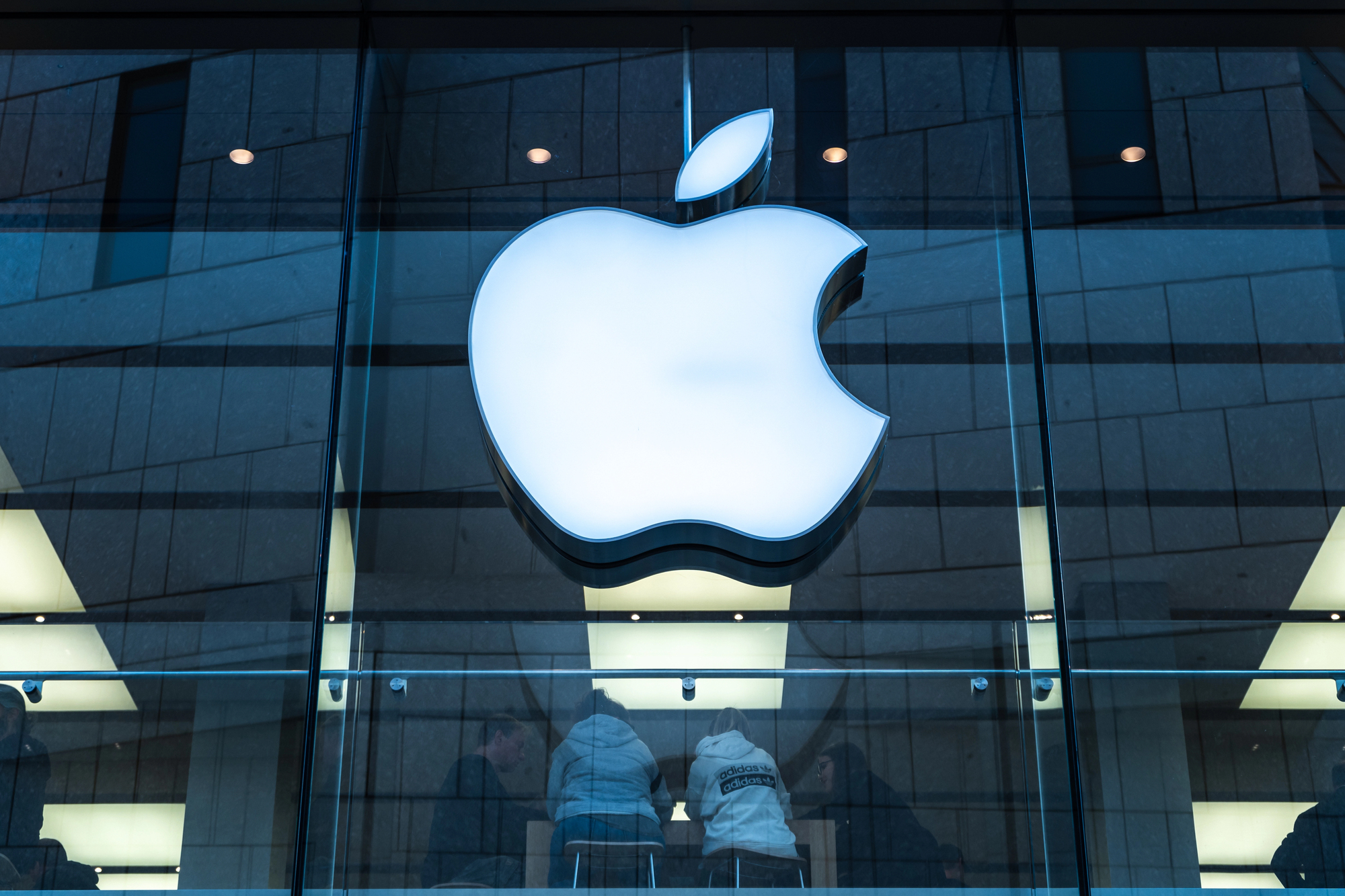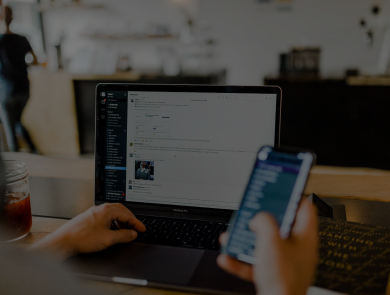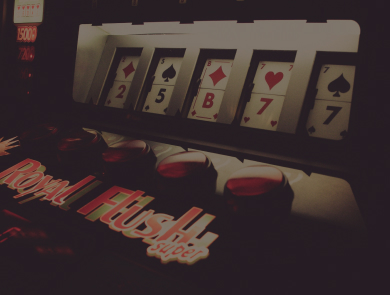How to Bet on Apple Keynotes: iPhone/Watch Reveals, Pre-Order Backlogs & Ship-Date Slips

There’s a certain electricity in the air during an Apple keynote. For fans, it’s a mix of holiday-morning anticipation and a high-stakes sporting event. We gather, virtually or in spirit, to watch Tim Cook and his team walk us through the next year of technology. The September 2025 event was no different, delivering the stunning iPhone 17 and the refined Apple Watch Series 11. But the presentation is only the beginning of the game. The real challenge is in predicting the entire affair, from the initial reveals to the inevitable post-launch chaos.
This guide will walk you through the three key phases of a successful keynote prediction: deciphering the reveals, anticipating pre-order demand, and forecasting the dreaded ship-date slips.
Decoding the Pre-Event Signals
Months before a single new iPhone box is sealed, a trail of digital breadcrumbs appears online. Learning to interpret these clues is the foundation of any good prediction. The rumor mill is a complex machine with sources of varying quality, and your first job is to learn who to listen to.
The premier league of Apple analysts, like Mark Gurman and Ming-Chi Kuo, remain your most reliable sources. When they report something, especially when their reports corroborate each other, it carries significant weight. Their information often comes from high-level contacts and a deep-seated knowledge of Apple’s operational patterns. For the iPhone 17, they were both pointing toward an under-display Face ID system for the Pro models and a new 48-megapixel ultra-wide camera months in advance, both of which came to pass. A prediction based on their reporting is the safest bet you can make.
Next are the supply chain whispers. These are reports from publications that monitor the activities of Apple’s manufacturing partners like Foxconn, TSMC, and Samsung Display. These sources are excellent for predicting physical changes and potential production bottlenecks. Did a report in July mention that a supplier for a new “Liquid Bronze” titanium finish was struggling with yield rates? That’s a powerful indicator that this specific color might be hard to get at launch. These reports also hinted that the standard iPhone 17 would finally inherit the Pro-level periscope zoom lens from last year’s iPhone 16 Pro, a detail that turned out to be accurate and a major selling point.
Finally, there are patent filings and beta software deep dives. Patents show what Apple is researching, but they are long-term plays and not reliable for near-term product reveals. Code found within early iOS 19 betas, however, can be much more revealing. Developers and hobbyists often unearth references to new display resolutions, camera modes, or hardware identifiers that all but confirm upcoming features.
To win this part of the game, you need to synthesize these sources. A single rumor is just noise. But when a Gurman report, a supply chain leak about a new sensor, and a code string in an iOS beta all point to the same feature, you can confidently mark it down on your prediction sheet.
The Art of Forecasting Pre-Order Pandemonium
Once the keynote ends, the starting gun for the next race is fired: the pre-order. Predicting which models will sell out first and see their delivery estimates slide into late October is a nuanced art. It comes down to a few key factors: design changes, exclusive features, and color.
The biggest driver of a pre-order frenzy is a major redesign. The iPhone 17 Pro’s new, slightly curved aluminum chassis was a more significant departure from the 15 and 16 Pro design language than many expected. This kind of aesthetic shift motivates upgraders who might have otherwise sat the year out. An “S” year, with identical externals and only internal spec bumps, will always see softer initial demand than a year with a fresh look.
Next, analyze the feature delta between the models. Apple is masterful at creating incentives to go Pro. This year, the exclusive features were clear: the A19 Pro chip, the under-display Face ID which resulted in a much smaller camera cutout, and the new 48MP ultra-wide lens. Because the standard iPhone 17 gained last year’s periscope zoom, the camera was less of a differentiator than usual. The big draw was the new screen experience on the Pro. Therefore, a smart prediction was that the iPhone 17 Pro and Pro Max would see demand far outstrip the standard models in the opening hours.
And then there’s color. Every year, Apple introduces a “hero” color for the Pro lineup that becomes the must-have option. This year, it was Cosmic Graphite, a deep, shimmering grey that looked incredible in the presentation. Predicting that this color would be the first to have its ship dates slip is one of the easiest points you can score. The new pastel-like colors of the standard iPhone 17 were attractive, but none created the same singular demand as the flagship Pro color. The rule is simple: bet on the new, exclusive Pro color to sell out first. Every single time.
Calling the Ship-Date Slips: Supply Chain Sorcery
A backlog isn’t always just about high demand; it’s often a story of limited supply. This is where your pre-event homework on supply chain rumors pays off. A product seeing its delivery estimate slip from “September 22” to “4-6 weeks” within minutes of pre-orders going live is a classic sign of a supply-constrained component.
For the iPhone 17 launch, the most talked-about production issue was the new, brighter, and more efficient micro-LED display panel used in the Apple Watch Series 11. Reports from Asia throughout the summer suggested that Apple’s suppliers were having difficulty producing these panels at scale. Consequently, it was a safe bet that the Series 11 would face immediate and significant shipping delays compared to the new Apple Watch SE, which continued to use an older, more mature screen technology. Anyone who predicted the Series 11 would slip to a mid-October delivery within the first hour of pre-orders likely won their betting pool.
The same logic applied to the iPhone 17 Pro. The under-display Face ID technology is incredibly complex, requiring perfect calibration of the display pixels above the sensor array. While the feature worked flawlessly in demos, rumors of lower-than-expected yields were persistent. This was the tell-tale sign that even with massive demand, Apple simply wouldn’t have enough iPhone 17 Pro and Pro Max units to satisfy the opening weekend rush. The standard iPhone 17, using more established components, was far more likely to maintain a healthy launch-day supply. Your prediction should have been a 3-4 week slip for the Pro models within the first day, while the standard models held steady at 1-2 weeks.
The cycle of speculation, revelation, and acquisition is a core part of the modern Apple experience. Turning it into a predictive game adds a fun, competitive layer to the launch season.







